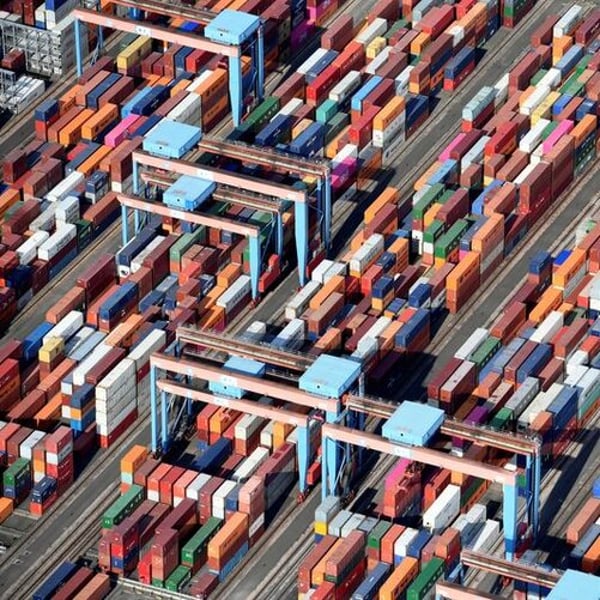Translated by
Roberta Herrera
Published
August 30, 2024
The United States has seen a 3.17% drop in its textile and apparel exports, totaling $11.5 billion in the first half of 2024. This decline continues a trend that began in the first quarter and slowed slightly in subsequent months, following a significant drop recorded in 2023. At the same time, imports have also slowed in response to recent inflationary pressures.
Mexico and Canada remain the largest markets for U.S. exports, with textile and apparel purchases worth $6.1 billion and $4.2 billion, respectively, during the first half of the year. Orders from the European Union followed with $1.2 billion, a significant decline of 11.2% over the six months, as apparel consumption in Europe continues to be affected by inflation.
Other major customers include Honduras and China, with orders remaining stable at $361 million, putting it ahead of the Dominican Republic, the United Kingdom and Japan in terms of market size.
In terms of imports, the United States recorded a 3.58% decline in textile and apparel imports, which totaled $49.3 billion in the first half of the year. This contraction is a direct consequence of inflation, which has raised concerns among both consumers and brands, although there have been signs of moderation since July. China remains the United States' main supplier, with $11.1 billion worth of goods in the first six months.
After China, Vietnam is next with $7.2 billion, India with $4.7 billion and Bangladesh, which has seen a significant drop of 10.6% to $3.5 billion. The European Union is fifth among suppliers with $2.8 billion, a drop of 2.9%, ahead of Indonesia, Mexico, Cambodia and Pakistan.
These figures are contextualized in a 22% drop in US apparel imports recorded in 2023, from which European luxury goods had been partially excluded.
Among the factors currently affecting trade levels are freight costs. Security concerns over the Suez Canal have pushed up container prices, while lower water levels in the Panama Canal have made voyages between Asia and the US East Coast more expensive and longer.
Copyright © 2024 FashionNetwork.com All rights reserved.












